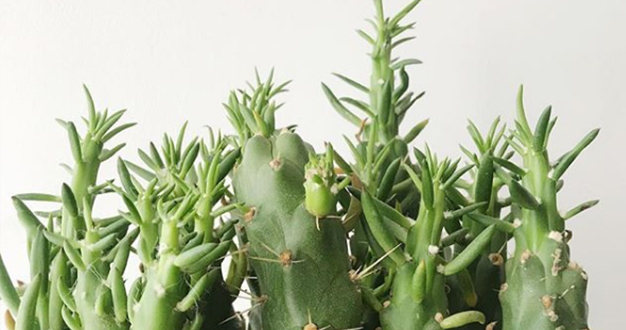
Planning for a beautiful garden tends to involve lots of bright blooms and vibrant fall color. But the winter landscape often gets forgotten. If winter has just become the season you have to “get through” to enjoy your landscape again, we have a solution. With the right plants providing a mix of structure, hues, and texture, February landscapes can beat back the winter doldrums – even without all those bold colors.
We asked a few members of our Nursery Yard and Landscape Design teams for their thoughts on the importance of remembering the winter months as we’re planning our landscapes in the spring. They also share with us some of their favorite trees, shrubs, and perennials whose persistent foliage, textured seed heads, colorful fruit, or interesting bark help create a scene you can enjoy all winter long.
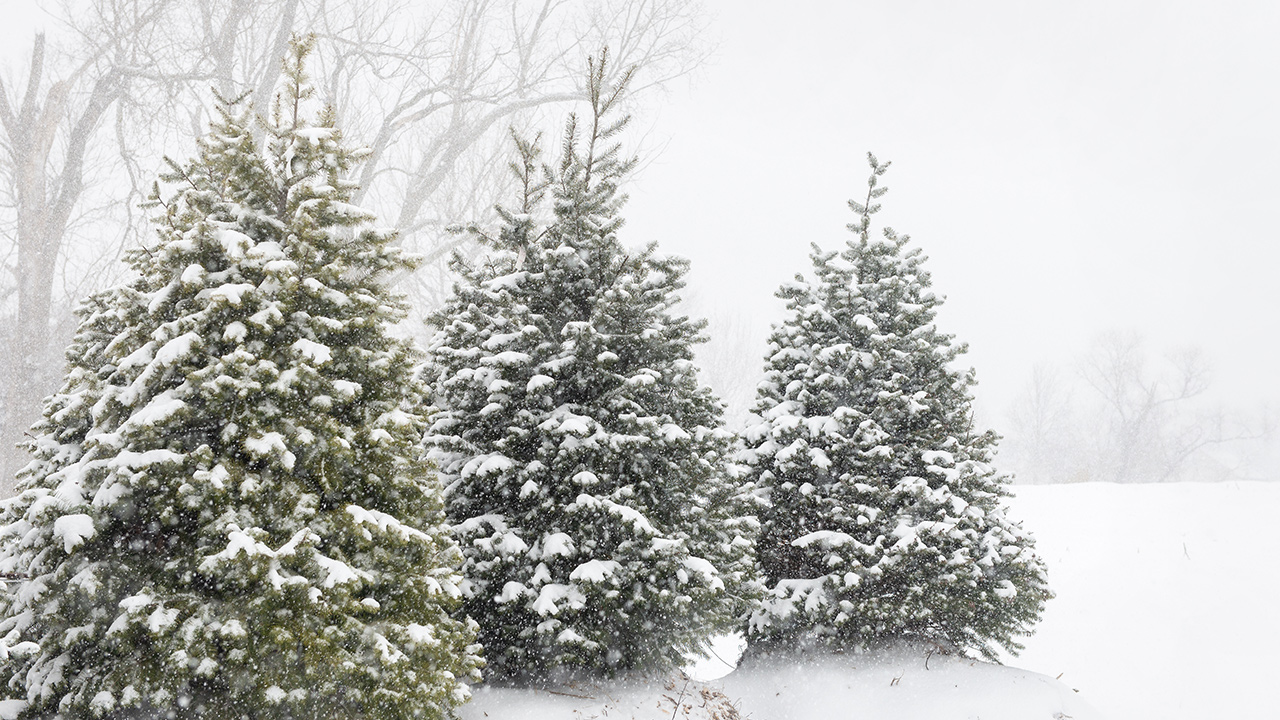
The Forgotten Season
In the planning stages of a landscape, when our dreams are focused on the exciting options in flowers and foliage, we tend to forget about the six or so months that live between fall’s splendid color and the first tulips in spring. It doesn’t have to be that way though. Landscape designer Kim Davidson says with a little preplanning – and a willingness to expand our list of plants – we can get an entire year of enjoyment from our gardens with almost no additional effort.
Nursery Yard team member Tom Anderson says that in the winter, it’s especially important to consider how our landscape looks as we see it from the windows of our home – the vantage point we’re most likely to have when it’s cold outside. With that same consideration, landscape designer Kim Davidson always makes it a point to ask her clients what they’d like to see in the winter. In the absence of flowers, texture becomes king, and plants for winter interest provide it in several ways.
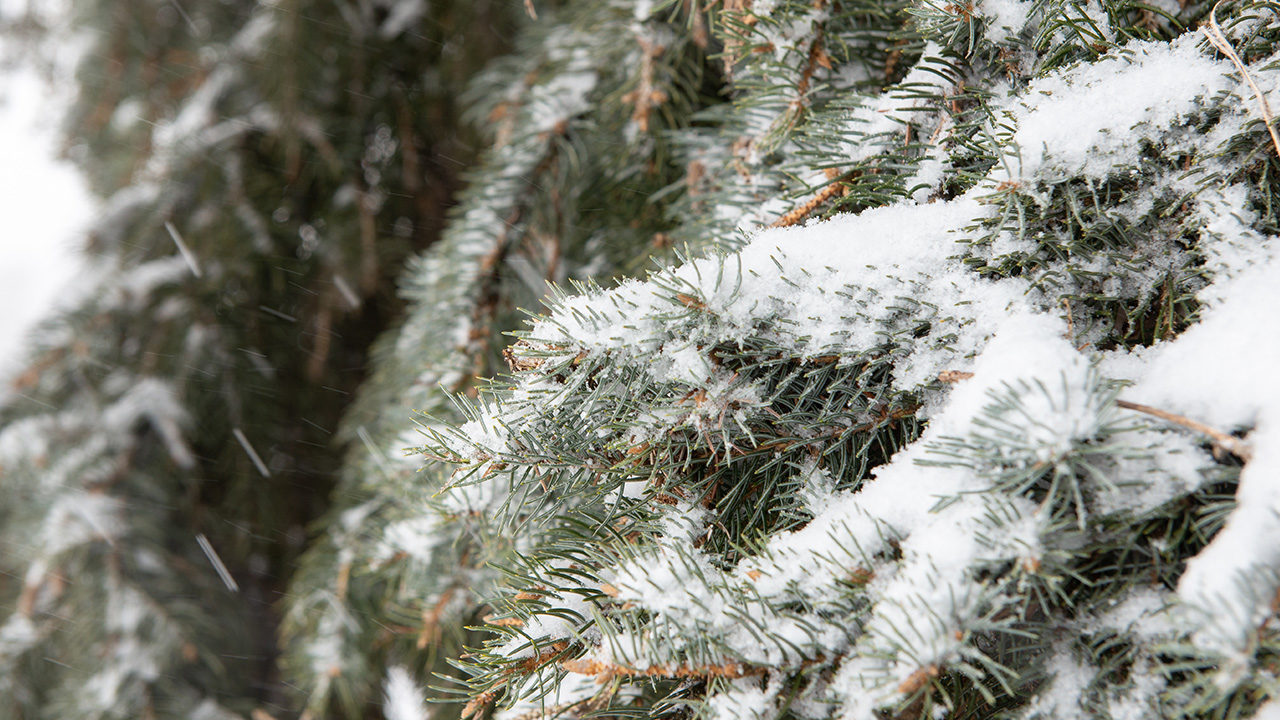

Persistent Foliage
Some trees, shrubs, and even perennial plants keep at least some of their foliage through the winter months. Persistent foliage can remain relatively unchanged – as with evergreens and holly – or it may crinkle and brown into lots of interesting, snow-catching textures.
- Boxwood
- Evergreen trees and shrubs
- Helleborus
- Holly
- Inkberry
- Ornamental grasses
- Pachysandra
- Some oaks
- Wintercreeper
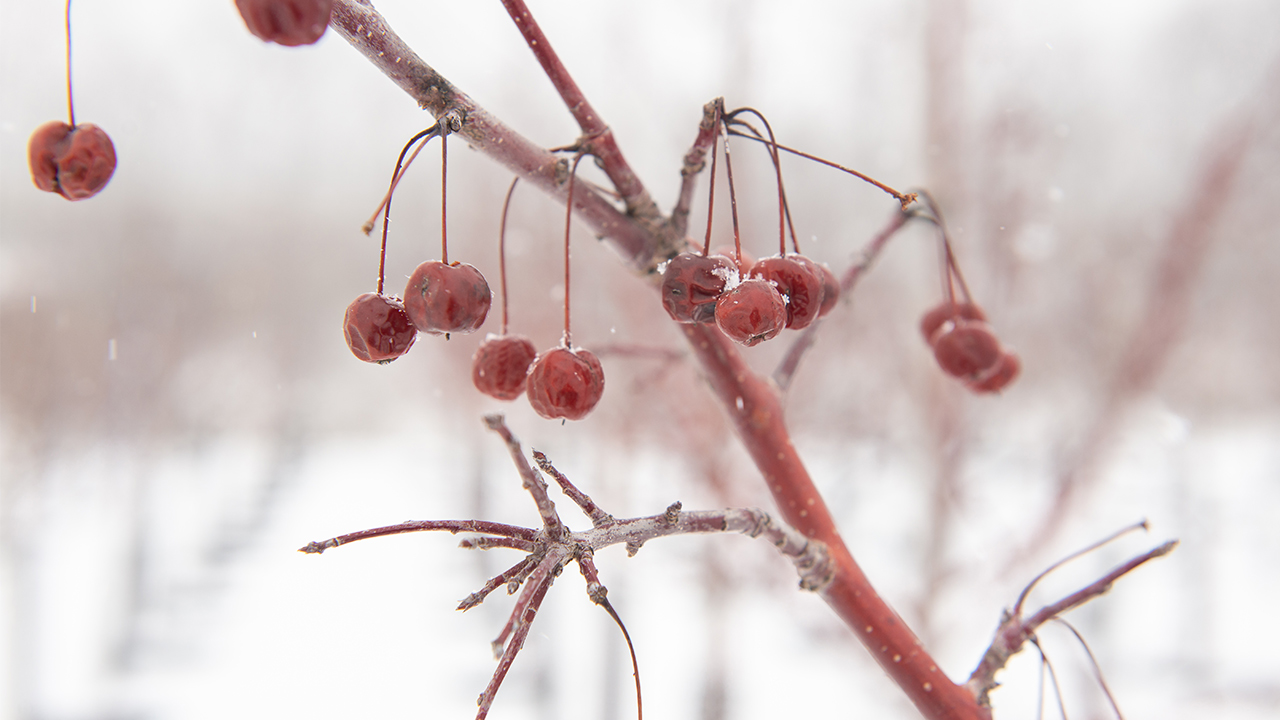
Colorful Fruit
Trees and shrubs with bright, colorful berries not only create spots of jewel-toned color through the winter, they often attract even more splashes of color in the form of busy, fluttering birds.
- American cranberry bush viburnum
- Beautyberry
- Bittersweet vine
- Coralberry
- Crabapple trees
- Holly
- Roses with prominent hips
- Snowberry
- Winterberry

Textured Seed Heads, Flowers, or Buds
Nodding grasses with feathery seed heads, spiky purple coneflowers, or papery hydrangea blooms – just like berries, the dried seeds and flower heads from these plants provide visual appeal as well as a mid-winter meal for backyard wildlife. And in the case of witch hazel, you’ll have brilliant and colorful new blooms to enjoy too.
- Hydrangea
- Magnolia
- Ornamental grasses
- Purple coneflower
- Pussy willow
- Tall sedum
- Witch hazel

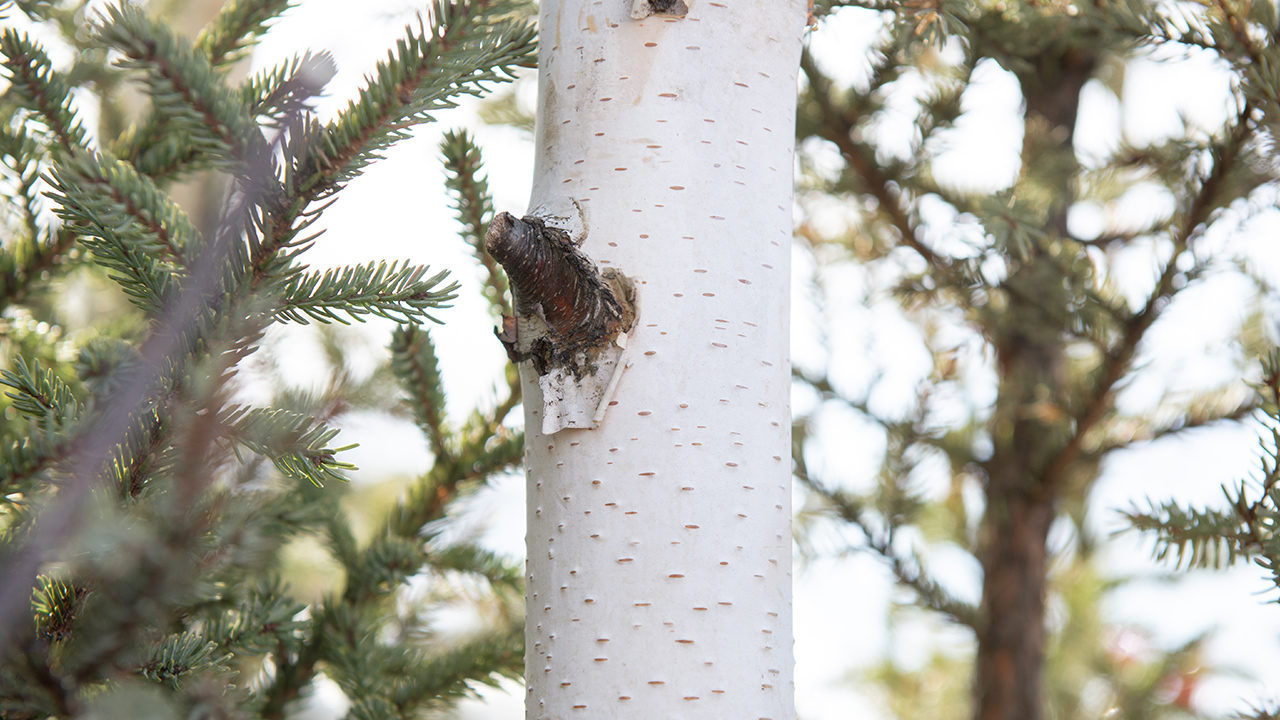
Interesting Bark
When the only thing visible above the snow are the bare branches of your favorite trees and shrubs, then colorful, textured, or peeling bark can provide the visual details we long for in the winter.
- Birch
- Lacebark pine
- London planetree
- Paperbark maple
- Oakleaf hydrangea
- Ninebark
- Red and yellow twig dogwood
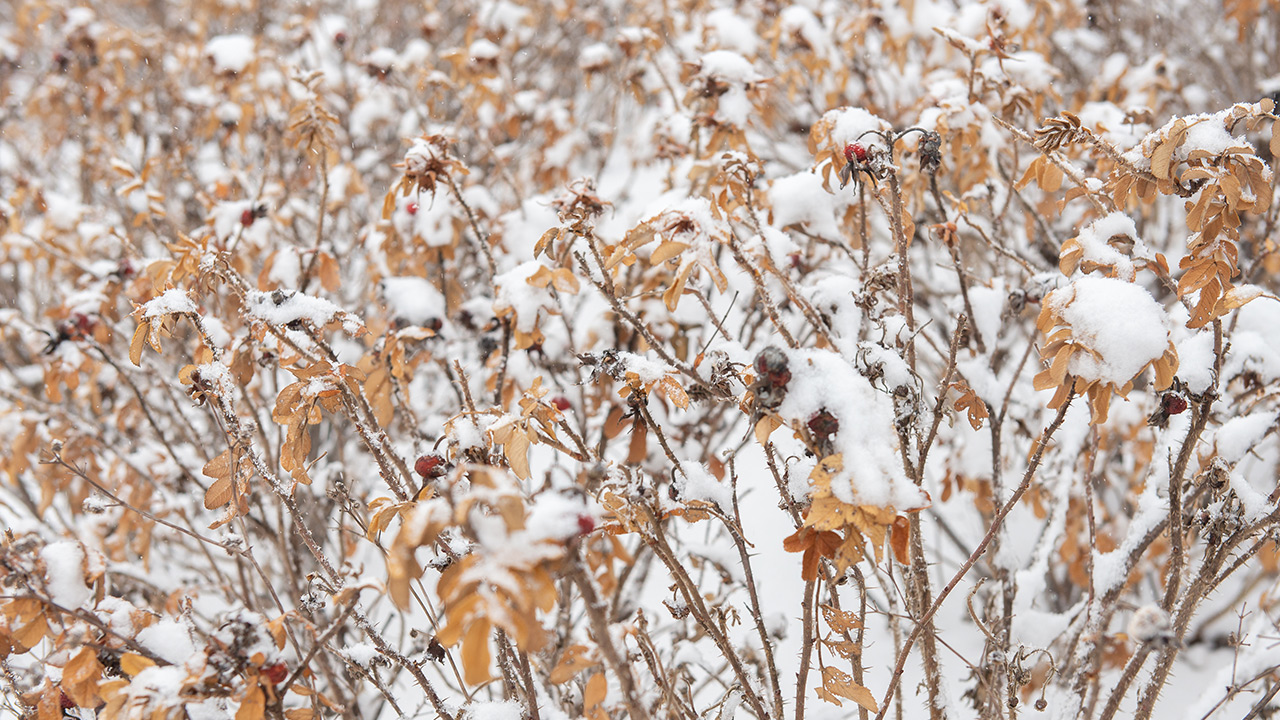
No More Winter Boredom
If we think outside the box when planning our landscapes, we can get a full year’s worth of inspiration from our outdoor spaces – even when snow covers the ground. To find out how, talk with one of our landscape designers or the team in the Nursery Yard – we’re happy to help you create a landscape you’ll love in every season throughout the year.


